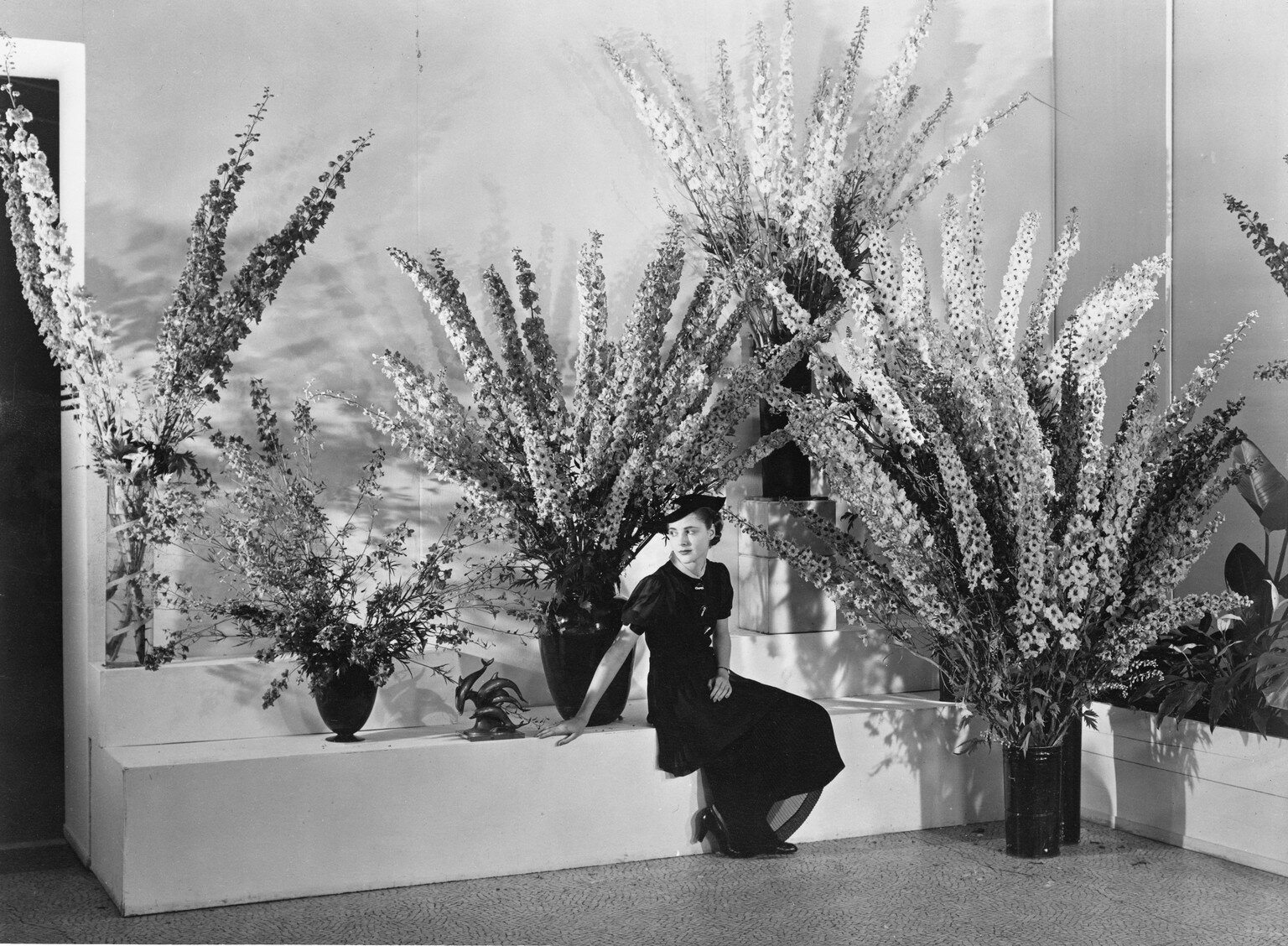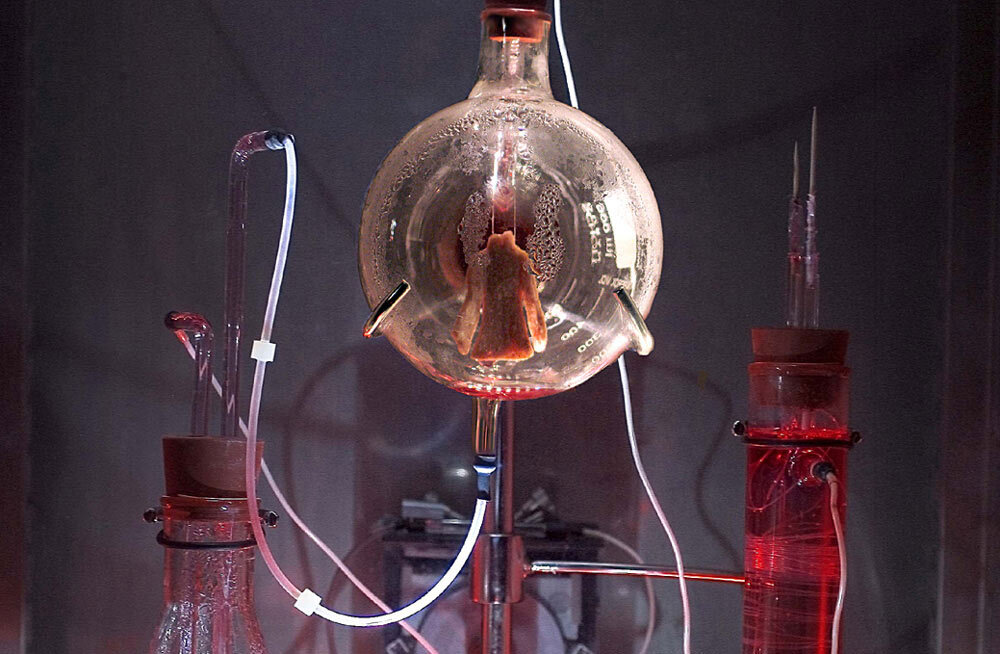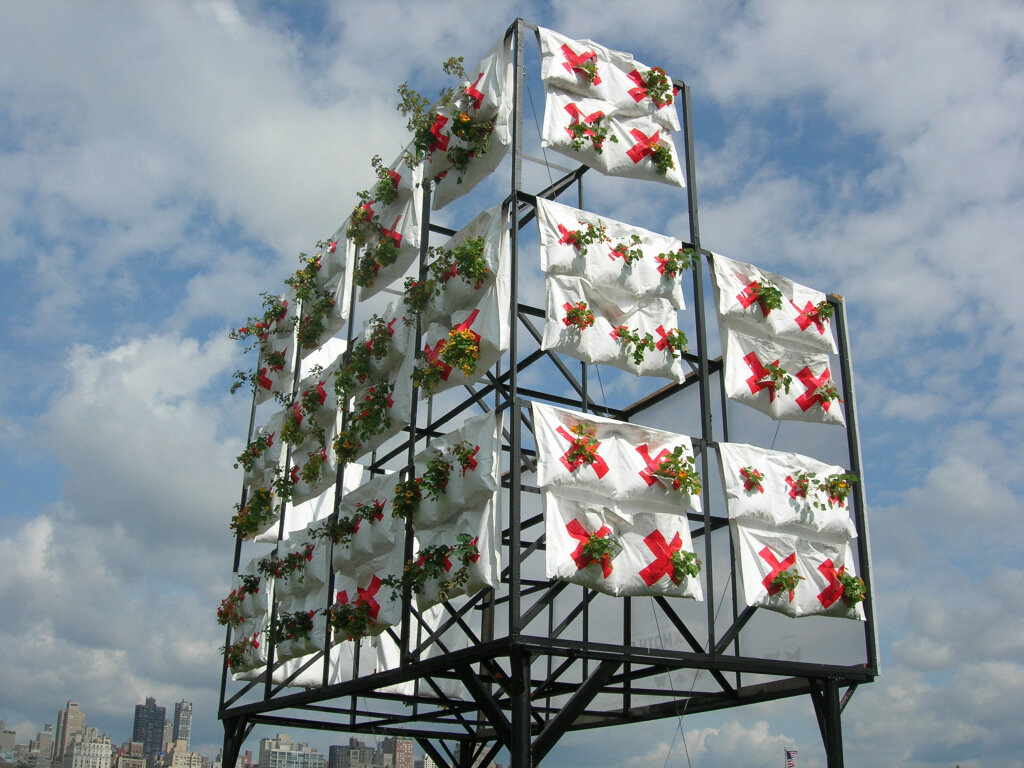INTRODUCTION TO ALTERNATIVE MATERIALS
As bioart experiments become sustainable design solutions
- by Barbora Horská
On the verge of the climate crisis, we still produce single-use plastic, and not even deadly virus spreading from a seafood market can make us face the consequences of our mistreatment of animals. We created a civilization that became unsustainable not by lack of planetary resources, but the lifestyle, that even in “times of corona” forces women to work in sweatshops under inhumane conditions, just so we can order some more clothes for a special price. ( 1) Our desire to fill the void within us with never-ending consumerism along the level of collective numbness that allows us to ignore the suffering of others is undeniably responsible for the current state of the world. But as this point of view would be better approached by some psychology specialists, let’s just for a second look at this issue from a more practical angle.
Are we really supposed to believe that there are no better solutions? More sustainable materials to use for our clothes and other products or even constructions? In the 21. Century when we are so proud of our society’s scientific achievements and knowledge? Even though the obvious answer would be no, thanks to our brain’s natural defense mechanism against the change, we are choosing to preserve the status quo rather than give in to the necessary transformation that could help preserve our existence on this planet.
Fortunately, there are still those who are ready to question such decisions. Artists and scientists alike, collaborating, oftentimes influencing each other’s research, creating a practice referenced as BioArt. The term, that has been discussed, even denied, refers to a wide range of projects since the beginning of the last century (2), whether there are just some aesthetic aspects created by scientific tools or some actual research made with the purpose to yield new knowledge. What started as hybridization of plants in Edward Steichen’s experiments with delphiniums, the first flowers that found their way to the MOMA exhibition in 1936, quickly turned into DNA modifications and tissue engineering, raising all sorts of ethical questions in both fields. Eduard Kac’s Infamous GFP Bunny, the transgenic rabbit that glows green when exposed to blue light or semi-living sculptures created by artists Ionat Zurr and Oron Catts might be a good starting point for discussion about the human manipulation of life.
But there are other artists, like Natalie Jeremijenko, who aim to redefine our relationship to ecosystems in a mutually beneficial way rather than just exploring our ability to change the natural (3). Her participatory and activistic projects help to not only educate the public but also show how small changes in our approach can lead to better environmental health for all of us. Answers to our current problems can be found on that thin line between using natural resources vs. abusing them, while at least considering, instead of ignoring the well-being of other living forms. In order to do that, we might need to redefine our system for valuing the world around us. Especially those parts we often forget about or choose not to think of, sometimes out of sheer misunderstanding. To challenge this, we can look into the work of Sonja Bäumel who puts herself under the microscope by exploring the behavior of bacteria found on her skin, interconnecting biology, art, and fashion design in her practice. (4)
As strange as it may sound, maybe one day we really get to the point when instead of clothes we will be wearing just some kind of protective layer growing directly from our bodies, reacting to changing weather or our moods and activities. Until then, we might dive into the mysterious world of fungi to help us come up with more environmentally friendly materials. As mushroom experiments have been happening for quite some time now, mycelium leather seems to be developed the most, slowly finding its way to the production of clothes, shoes, and accessories. The idea of wearing parasitic bacteria can sound very off-putting for what these organisms represent in our minds. Thankfully, all these connotations are being replaced by researchers and artists like Bäumel, allowing these more sustainable options to be incorporated commercially. More conscious designers are already using these vegetable alternatives like Muskin or Piňatex (pineapple leaf fiber), breaking the stereotypes of vegan clothing with their innovative creations.
As the fashion industry is one of the major polluting industries in the world, imagine what might happen if we apply the results of these experiments on a larger scale? Not only redefining fashion itself but the whole system, changing the way we connect to the world around us, finally getting rid of anthropocentrism and instead, realizing ourselves as the true part of the whole.
References:
1) https://cleanclothes.org/news/2020/live-blog-on-how-the-coronavirus-influences-workers-in- 1supply-chains?bclid=IwAR2ieeP3aTV8zM4HsaUGsWNg-Y-DO9g04ihEB9i_fnRqKiDO- v_td8Rt0pc
2) https://ars.electronica.art/aeblog/en/2015/06/02/es-gibt-keine-bio-art/
3) https://grist.org/article/this-artist-is-using-technology-to-bring-nature-back-into-the-city/
4) http://www.sonjabaeumel.at/bacteria
For available materials check:
https://lifematerials.eu/en/
https://www.ananas-anam.com
https://www.craftingplastics.com
https://materialdistrict.com




